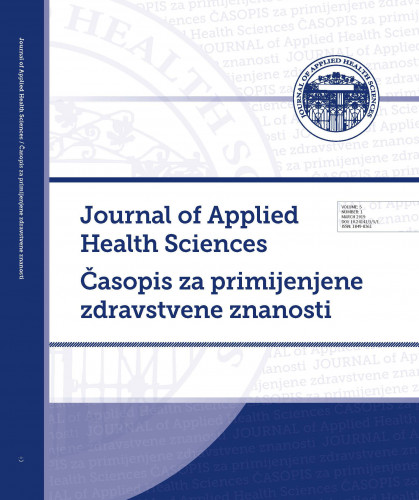Sve je veći broj oboljelih osoba od dijabetesa, kako u svijetu tako i u Hrvatskoj. Procjene govore o ukupnoj brojci od 415 milijuna oboljelih. Broj oboljelih, a posebice onih s dijagnozom dijabetesa tipa 2, upućuje na neuredan način života, odnosno loše prehrambene navike, sedentaran način života i stres. Liječenje dijabetesa provodi se pravilnom prehranom, redovitom tjelesnom aktivnošću i medikamentnom terapijom, a sve u cilju regulacije glikemije. Tjelesna aktivnost sastavni je dio liječenja dijabetesa jer se njezinim provođenjem održava odgovarajuća razina glikemije, poboljšava lipidni status te povećava osjetljivost stanica na inzulin. Ujedno se vježbanjem smanjuje potreba za inzulinom jer mišići svojom kontrakcijom pojačano troše glukozu. Dozvoljene su sve vrste tjelesne aktivnosti, ponekad uz određena individualna ograničenja, a najviše koristi polučuje ako se vježbanje provodi redovito i uz umjereni intenzitet, ali uz određeni oprez, posebice ako su prisutne komplikacije bolesti. Posebnu pažnju treba posvetiti riziku od hipoglikemije, jer se prilikom tjelovježbe smanjuje razina glukoze. Prije provođenja tjelesne aktivnosti potrebno je provjeriti razinu glukoze te tomu prilagoditi tjelesnu aktivnost ili je odgoditi u slučaju previsoke ili preniske razine. Istraživanja su pokazala da aerobne i anaerobne aktivnosti utječu na regulaciju glukoze. Prije svega, preporučuju se vježbe fleksibilnosti (iako nemaju izravan utjecaj na smanjenje glukoze) te vježbe balansa, koje smanjuju mogućnost padova. Preporučuje se 150 minuta tjedno umjerene do snažne aktivnosti.Primjerice, vježbe se mogu provoditi umjerenim intenzitetom uz 15 ponavljanja ili jakim intenzitetom uz šest do osam ponavljanja. Možemo zaključiti da je redovita tjelovježba nužna za očuvanje zdravlja i kvalitete života oboljelih od dijabetesa.; There is an increasing number of people with diabetes, both in the world and in Croatia. Estimates speak of a total of 415 million people. The number of people with diabetes, especially those diagnosed with type 2 diabetes, indicates a disorderly way of life, poor eating habits, sedentary lifestyle and stress. The treatment of diabetes is carried out with proper nutrition, regular physical activity and medication therapy, all in order to regulate glycemia. Physical activity is an integral part of the diabetes treatment because it maintains an adequate glycemic level, improves lipid status and increases cell sensitivity to insulin. Furthermore, the need for insulin is reduced because the mechanism of muscle contraction increases glucose consumption. All kinds of physical activity are allowed, sometimes with certain individual limitations, and most benefit is expected when exercise is performed regularly with moderate intensity but with particular caution, especially if complications of the disease are present. Special attention should be paid to the risk of hypoglycaemia, as it reduces glucose levels during exercise. Before carrying out physical activity, it is necessary to check the level of glucose and adjust or postpone the activity in case of excessive or too low glucose levels. Studies have shown that aerobic and anaerobic activities affect the regulation of glucose. First of all, flexibility exercises are recommended (though they do not have a direct impact on glucose reduction), as well as balance excercises that reduce the chance of falling. It is recommended to undertake 150 minutes a week of moderate to strong activity. For example, exercises can be performed with moderate intensity at 15 repetitions or high intensity with 6 to 8 repeats. We can conclude that regular exercise is necessary to preserve the health and life quality of people affected with diabetes.
Sažetak

 Journal of applied health sciences : Časopis za primijenjene zdravstvene znanosti : 5,1(2019) / glavni urednik Aleksandar Racz
Journal of applied health sciences : Časopis za primijenjene zdravstvene znanosti : 5,1(2019) / glavni urednik Aleksandar Racz